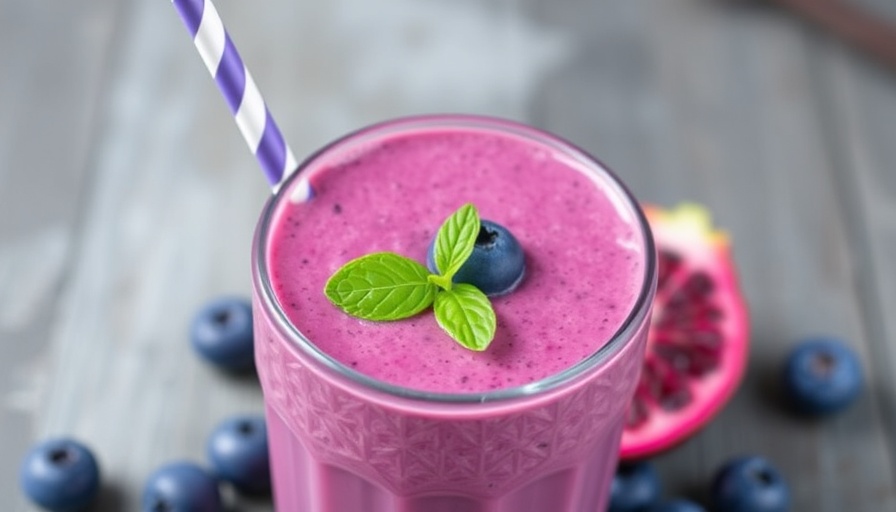Vitamin K is crucial for our health.
Kale is an excellent source of Vitamin K. So include kale in your smoothies for a super-healthy boost of nutrients and for loads of health benefits. (Just one cup has 1180% of your daily value nutritional requirements, according to WHFoods.) But remember it is a fat-soluble vitamin (as are Vitamins A, E and D) and as such requires fat in your diet.
It is suggested that most of us get enough Vitamin K to support blood clotting but not enough to protect us from other health problems.
Dr Mercola says …
Vitamin K is an important fat-soluble vitamin that plays critical roles in protecting your heart, building your bones, optimizing your insulin levels, and helping your blood to clot properly …
Recent research has shown that having adequate vitamin K is important in preventing heart disease, osteoporosis, diabetes, multiple types of cancer, and even Alzheimer’s disease, among others.
Vitamin K works with Vitamin D and recent research indicates most of us are deficient in both (This is probably a result of the low fat diets we have been following for years.)
Please turn to the Next Page for 2 Smoothie Tips and 1 Health Tip …
[nextpagelink][/nextpagelink]
2 Smoothie Tips and 1 Health Tip
Smoothie Tip 1:
I tend to think of (and have) my smoothies for breakfast. Occasionally I’ll make one for lunch. At other times, especially if I want to lose weight, I’ll do both and have a proper meal in the evening. But because I tend to think ‘thick, green smoothie’ I rarely have them as snacks; they’re too filling, plus I don’t need snacks when I’m full of healthy, thick, green smoothie!
Our recipe comes from Katie Goodman at GoodLifeEats who says she frequently gives her children smoothie snacks. That’s a great idea, as children expend so much energy they are always hungry. A small glass of extra cold, healthy, smoothie at snack time on a hot summer day is so refreshing.
Smoothie Tip 2:
I thought Katie had a great tip when she said that her daughter, Madeline, loves for her to …
… freeze smoothie blends in a tupperware and pack them in her lunch. By the time lunch rolls around, the smoothie is soft enough to be eaten with a spoon, like sorbet, and serves as a fun lunchbox treat.
Health Tip:
Because Vitamin K and Vitamin D work together, it’s important to get good supplies of both. So take advantage of the sunny summer weather and drink your Vitamin-K-Boosting Kale Berry Smoothie outside where you can get a healthy boost of sunshine to build up depleted Vitamin D stores.
It is suggested that only 10 minutes of sunshine on our skin (without sun screen) is sufficient for our daily supply of Vitamin D. That is a simplification and it is much more complicated in reality; however, it is a guide – and probably wise not to do any longer without sun screen.
Please turn to the Next Page for the recipe …
[nextpagelink][/nextpagelink]
Recipe: Vitamin-K-Boosting Kale Berry Smoothie
Serves 3
Ingredients:
- 2/3 cup Orange Juice, or a whole fruit, peeled
- 1 cup Fresh Kale Leaves
- 1 1/2 cup Mixed Berries, fresh or frozen
- 1 cup Mango Chunks, fresh or frozen
- 1/2 – 1 cup Water, according to preference
- 1 1/2 tablespoons Chia Seeds
Blend until smooth and enjoy.
If the mix is thicker than you like, add a little extra water till you reach the consistency you prefer.
Note: if you use fresh berries you may want some extra ice.
Source: DrMercola
Recipe Source: GoodLifeEats
Photo: GoodLifeEats
 Add Row
Add Row  Add
Add 







Write A Comment